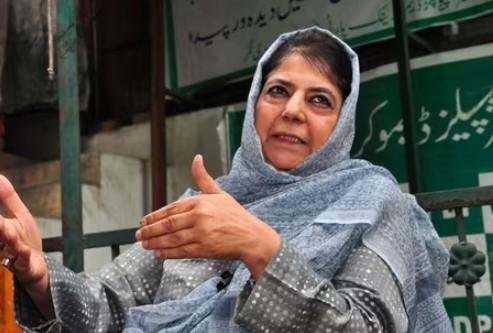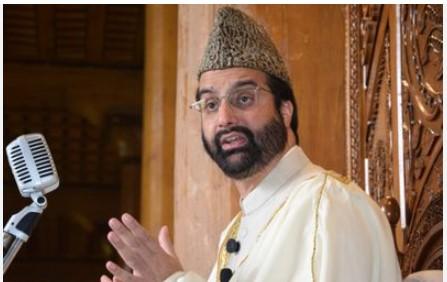In a significant push towards sustainable urban transport and ecological conservation, Chief Secretary Atal Dulloo today chaired a meeting to review the progress on launching of Inland Water Transport (IWT) in Srinagar besides assessing ongoing lake conservation efforts.
The meeting was attended by Commissioner Secretary, H&UDD; Secretary, Transport; Commissioner, SMC; Vice Chairman, LCMA; representatives from the Inland Waterways Authority of India (IWAI) and other stakeholders.
The meeting began with an in-depth review of steps taken to operationalize the water transport on the iconic River Jhelum of the valley. The officials from IWAI and concerned departments highlighted that significant progress has been made, with crucial modalities already finalized.
Commissioner Secretary, H&UDD, Mandeep Kaur, informed that an MoU was signed between IWAI and the J&K Government on March 6, 2025, paving the way for systematic development of water transport facilities. She revealed that the IWAI’s Srinagar office is now fully functional and working closely with the local authorities to fast-track its implementation.
She further stated that work has been awarded for seven floating concrete jetties on the Jhelum River, with an expected completion timeline of five months from the award date of July 15, 2025. Fairway maintenance is already underway with one dredger each deployed upstream and downstream of Wular Lake, she added.
Moreover, it was divulged that a study on urban water transportation on River Jhelum is being conducted by Kochi Water Metro Limited. The stretch from Sangam to Shadipora Bridge has also been completed.
The Department of Transport has shared a Standard Request for Proposals (RFP) to engage an operator for hybrid electric cruise/boat services and is expected to be completed by December 2025.
With respect to the Dal and Nigeen Lake Conservation, the Lake Conservation and Management Authority (LCMA) presented a detailed overview of the measures taken for conservation, management and development of Dal and Nigeen Lakes.
VC, LCMA, Shahid Saleem, detailed out that demarcation of the lake boundary has been completed for the first time through a survey conducted by the Survey of India. He said that the drone surveys, repeated in February 2023, have helped in controlling the illegal constructions and encroachments. A Bathymetric/Hydrographic Survey was also carried out to enable scientific de-weeding and dredging without damaging the lake's ecosystem, he added.
As far as sewerage treatment is concerned, the meeting was apprised that five Sewage Treatment Plants (STPs) are currently functional around the lakes. All existing STPs are being upgraded under AMRUT 2 to improve the quality of treated outflow. A new 30 MLD capacity STP is being constructed at Gupt Ganga to cater to the leftover areas on the north-eastern periphery of the lake. Additionally, 100 land-based bio-digesters have been installed in the Teilbal area for restricted the untreated waste water to go into the lake.
On account of other measures, it was given out that de-weeding, lily extraction, and general cleaning are being performed both mechanically and manually. In the last two years, 1/3rd of the lake has been rejuvenated, and the open water expanse has increased to more than 20.3 sq. km. A bio-methanation and weed disposal plant with a capacity to process 70,000 MT of weed annually is now operational too producing a manure named ‘APNA KHAD’.
While delineating the future initiatives it was revealed that an "Integrated Management Plan for Conservation of Dal-Nigeen Lake Ecosystem," with an estimated cost of Rs. 212.38 crore, has been recommended for funding under the Prime Minister's Development Package (PMDP). This project includes various activities such as catchment area management, dredging, sewerage works for hamlets inside the lake, and other lake conservation and beautification works to be carried out in a time-bound manner.
Expanding the conservation lens, the meeting took note of initiatives underway for Khushalsar and Gilsar Lakes. Plans for their revival and beautification were discussed, with an emphasis on enhancing tourism potential while preserving their ecological sanctity.
Chief Secretary Dulloo lauded the coordinated efforts of various departments and called for timely execution of all planned initiatives. He underscored the need for sustainable solutions that combine eco-restoration, heritage preservation and modern urban mobility.



